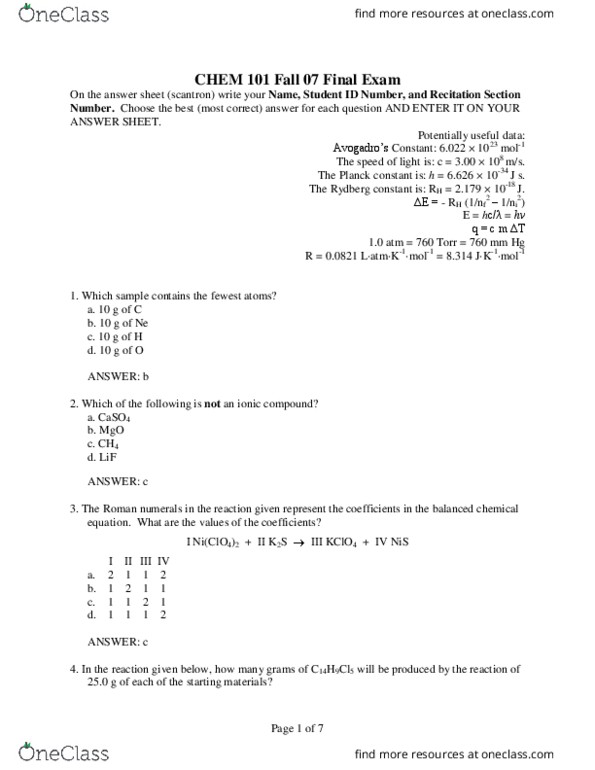

The Imaginative Pioneers of Nanotechnology Therefore, it is of the utmost requirements to summarize main events in nanoscience and technology to completely understand their development in this field.Ģ. There are some reports available, which provided the history of nanoscience and technology, but no report is available which summarize the nanoscience and technology from the beginning to that era with progressive events. Nanoscience is a convergence of physics, materials science and biology, which deal with manipulation of materials at atomic and molecular scales while nanotechnology is the ability to observe measure, manipulate, assemble, control, and manufacture matter at the nanometer scale.

We should distinguish between nanoscience and nanotechnology. The second issue has to do with novelty: nanotechnology must deal with small things in a way that takes advantage of some properties because of the nanoscale. The first is an issue of scale: nanotechnology is concerned to use structures by controlling their shape and size at nanometer scale. This definition suggests the presence of two conditions for nanotechnology. The National Nanotechnology Initiative (NNI) in the United States define Nanotechnology as “a science, engineering, and technology conducted at the nanoscale (1 to 100 nm), where unique phenomena enable novel applications in a wide range of fields, from chemistry, physics and biology, to medicine, engineering and electronics”. It is the ability to convert the nanoscience theory to useful applications by observing, measuring, manipulating, assembling, controlling and manufacturing matter at the nanometer scale. Nanotechnology is one of the most promising technologies of the 21st century. Reproduced with permission from reference. This review illustrates the progress and main principles of nanoscience and nanotechnology and represents the pre-modern as well as modern timeline era of discoveries and milestones in these fields.Ī comparison of sizes of nanomaterial. To understand the nature of nanotechnology, it is helpful to review the timeline of discoveries that brought us to the current understanding of this science. Notably, in recent years nanotechnologies have been applied to human health with promising results, especially in the field of cancer treatment. Nanotechnologies contribute to almost every field of science, including physics, materials science, chemistry, biology, computer science, and engineering. The field was subject to a growing public awareness and controversy in the early 2000s, and in turn, the beginnings of commercial applications of nanotechnology. Nanoscience and nanotechnology represent an expanding research area, which involves structures, devices, and systems with novel properties and functions due to the arrangement of their atoms on the 1–100 nm scale. Nanoscience breakthroughs in almost every field of science and nanotechnologies make life easier in this era.


 0 kommentar(er)
0 kommentar(er)
